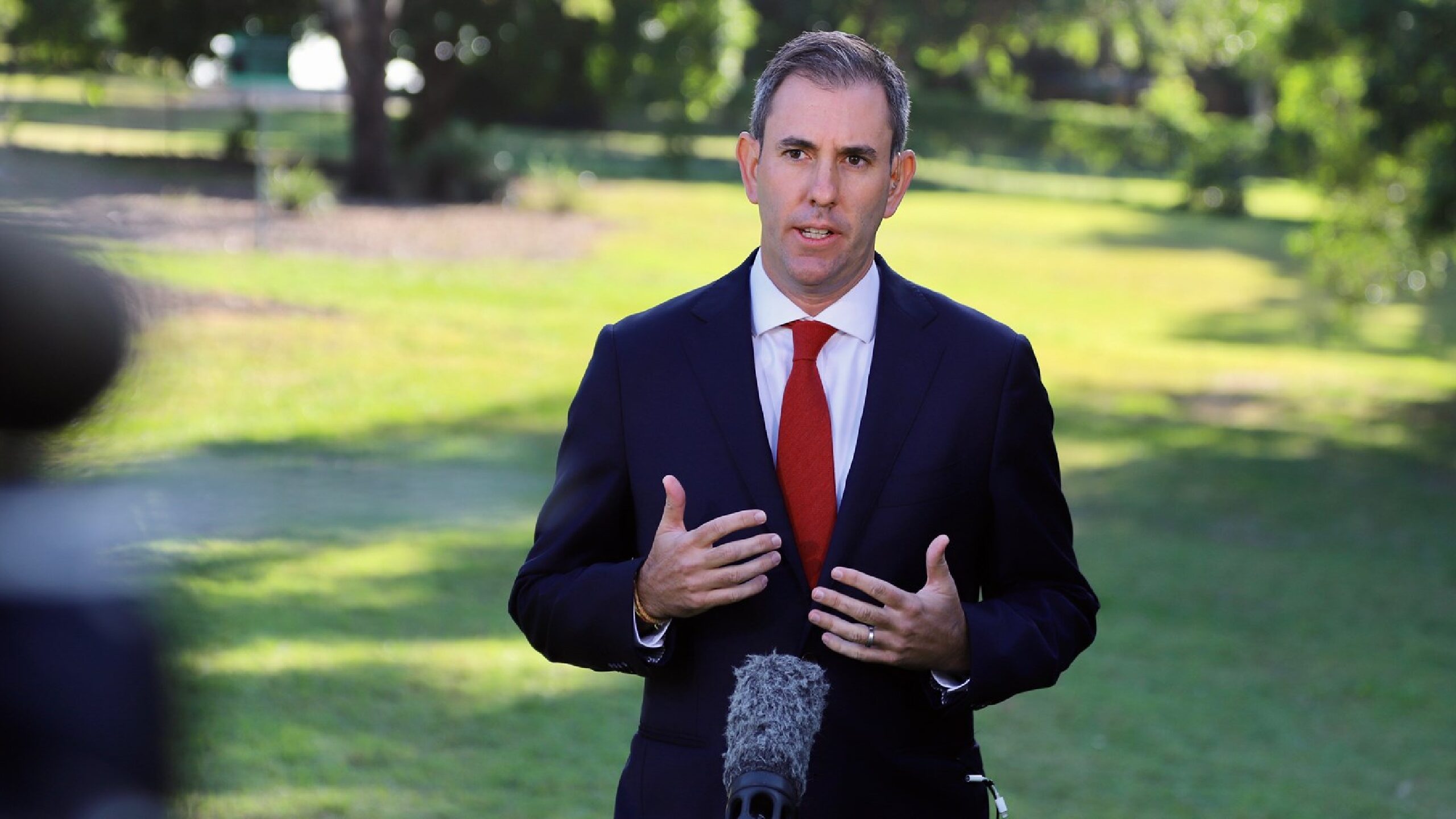High quarterly CPI print complicates inflation outlook
The Consumer Price Index (CPI) rose 1.9 per cent in the December 2022 quarter and 7.8 per cent annually, according to the latest data from the Australian Bureau of Statistics. A 17.8 jump in the cost of new housing over the year drove the increase, helped by the cost of fuel soaring 13.2 per cent. Food prices jumped 9.2 per cent.
Underlying inflation, which reduces the impact of irregular or temporary price changes in the CPI, rose to 6.9 per cent, up from 6.1 per cent in the September quarter and the highest level since measurements began in 2003. The annual increase for the CPI was the highest since 1990.
Diana Mousina (pictured, top left), senior economist at AMP, said the higher-than-expected underlying inflation means official rates will likely peak at 3.35 per cent, up from a previous forecast of 3.1 per cent.
“Today’s inflation data, especially the higher trimmed mean, and the recent strong November retail sales figures, which showed that the consumer still remains in good shape despite numerous rate hikes in 2022, means that the we now expect another rate hike in February, by 0.25 per cent, which would take the cash rate to 3.35 per cent,” Mousina said following the January 25 release.
“Many inflation indicators are pointing down, which should mean that we are very close to the end of the tightening cycle and that the February rate rise should be the last one for this year,” she added. “Goods prices are moderating as global supply chain issues have improved considerably, which is evident in lower global transport cost and as interest rate hikes will continue to slow demand for discretionary consumer goods.”
Recent ABS data confirms the bullish nature of consumer spending; Australian retail turnover rose 1.4 per cent in November 2022 to a new record high of $35.9 billion.
“Analysts were braced for another quarter of high inflation,” according to Craig James (pictured, top right), CommSec’s chief economist.
“And they weren’t disappointed, with the results generally exceeding forecasts,” he added. “The $64 question now is whether inflation has peaked. And we believe that it has.”
James expects the Reserve Bank of Australia to raise interest rates by 25 basis points at its next meeting to help slow the economy, which could have a mixed impact on the share market.
Higher rates would slow consumer demand, weighing on retail companies in the first half of the year, although a recovery is seen in the second half.
“While consumer-focussed stocks and sectors will face some challenges in the first half of 2023, interest is expected to lift later in the year as the prospect of rate cuts emerges,” James said.
“The financials sector is also tipped to pivot during 2023,” he said. “Another rate hike will support interest rate margins but may dampen demand for loans. Once rate cuts emerge as a possibility, these factors may have opposing effects.
“So, investors will need to be alert. An easing in inflation and lower interest rates later in 2023 could also lead to a rally in government bonds and house prices,” he said.
Scott Keeley (pictured, bottom left) a senior financial adviser at Wakefield Partners, said that when inflation is high, it typically creates downward pressure on share prices, especially growth companies. However, supermarkets, other food retailers and energy companies could do well as it is those goods and services that are pushing inflation higher.
“The ongoing need for food and energy make shares in companies in these sectors more likely to outperform in periods of high inflation,” Keeley said.
“Commodity prices, too, typically rise with inflation, making mining and agriculture stocks potential safe havens,” he added. “Overall, though, a high-quality diversified portfolio containing exposure to the major asset classes should provide robust performance and peace of mind in all stages of the inflation cycle.”
Unlike economists at AMP and CommSec, GSFM investment strategist Stephen Miller (pictured, bottom right) believes Australian consumer inflation could remain more entrenched than in the US, where it is moderating.
“The RBA and local interest rate markets continue to underestimate inflation momentum and the attendant policy rate implications,” Miller said. “Data continue to indicate significant domestic inflation momentum as we go into 2023.
“The unemployment rate remains close to a 50-year low. Well-intentioned but potentially flawed changes to the regulatory environment, particularly in relation to the wage-setting framework, run the risk of entrenching higher inflation in Australia compared to elsewhere.”










